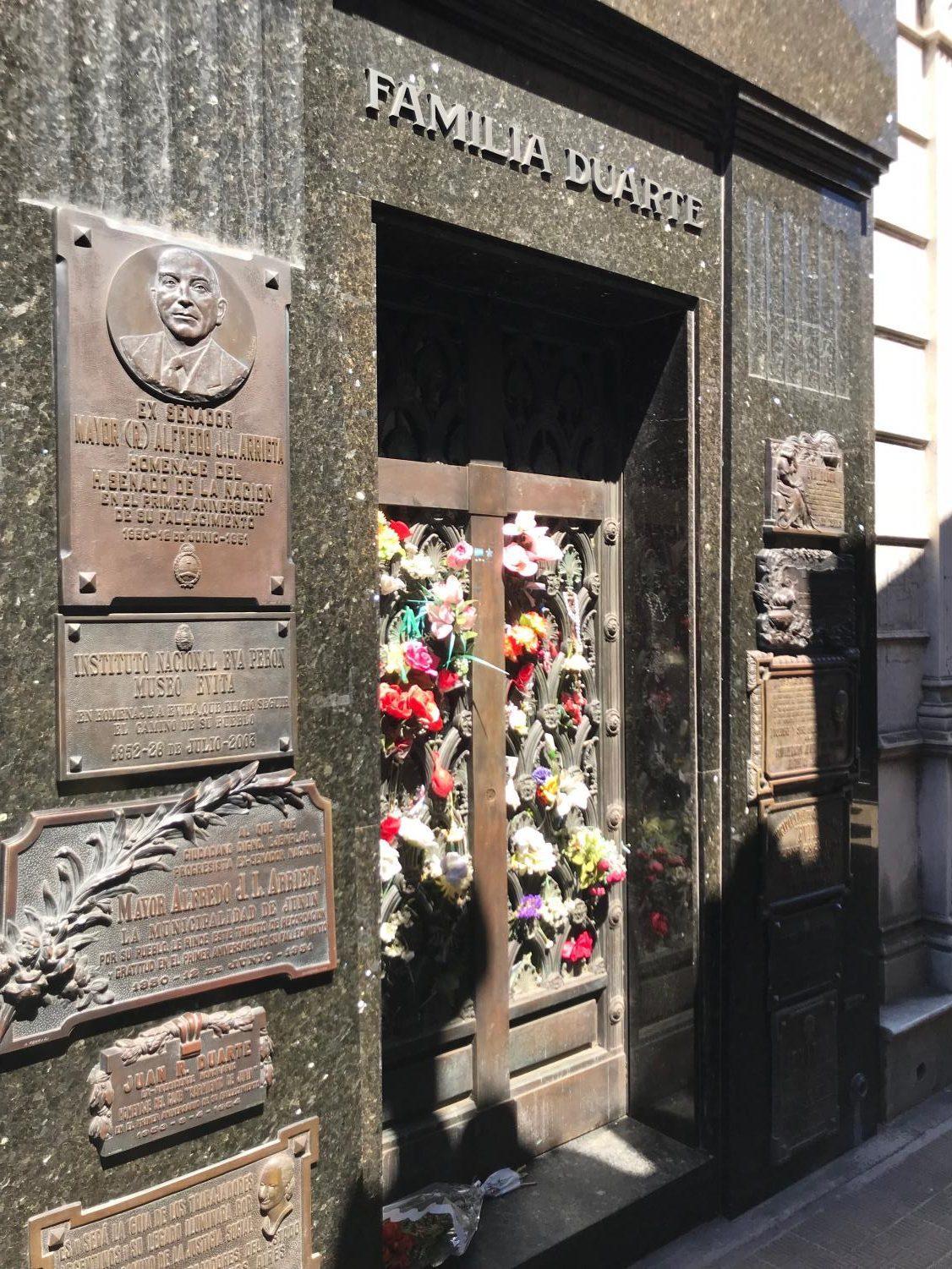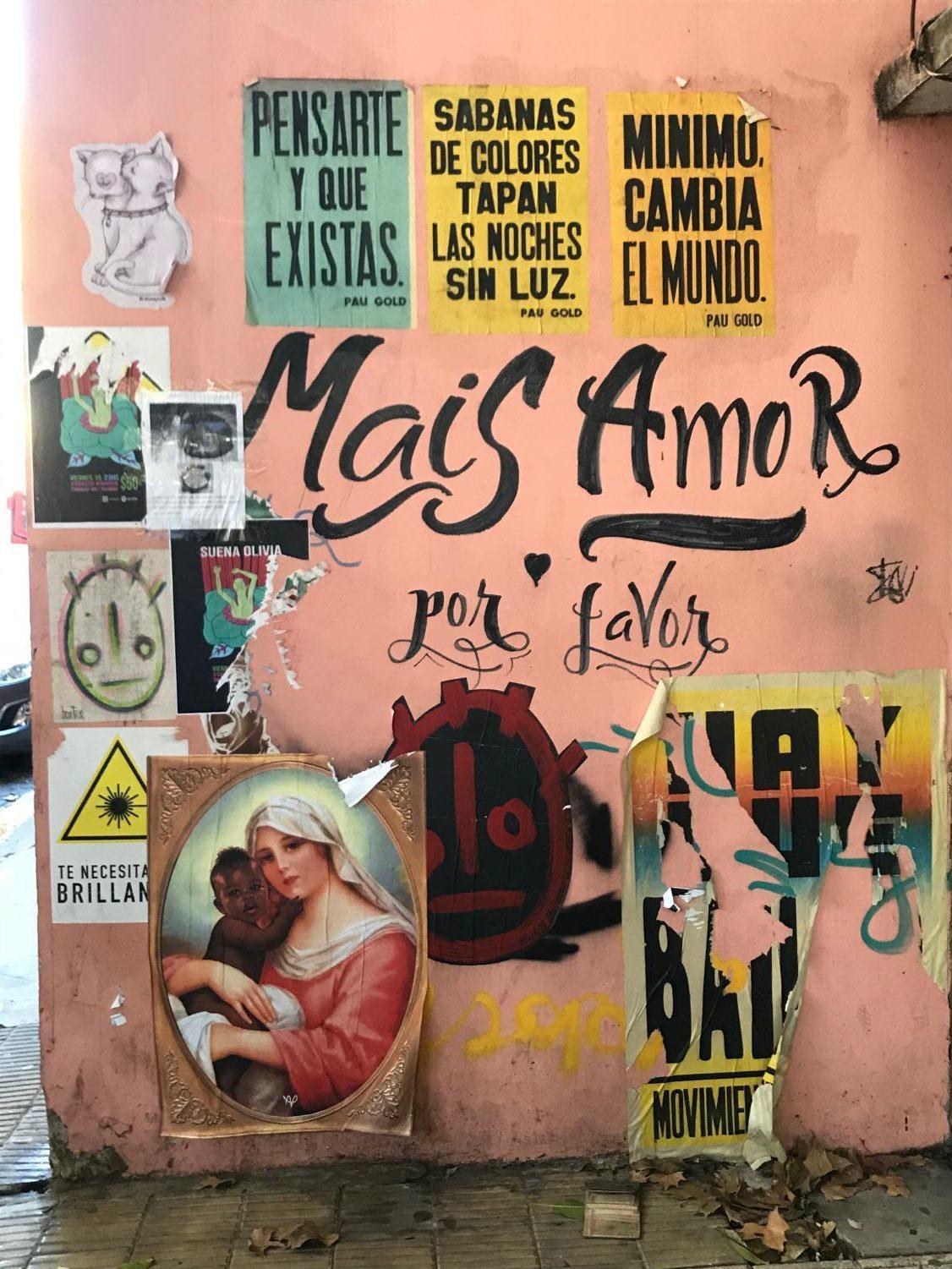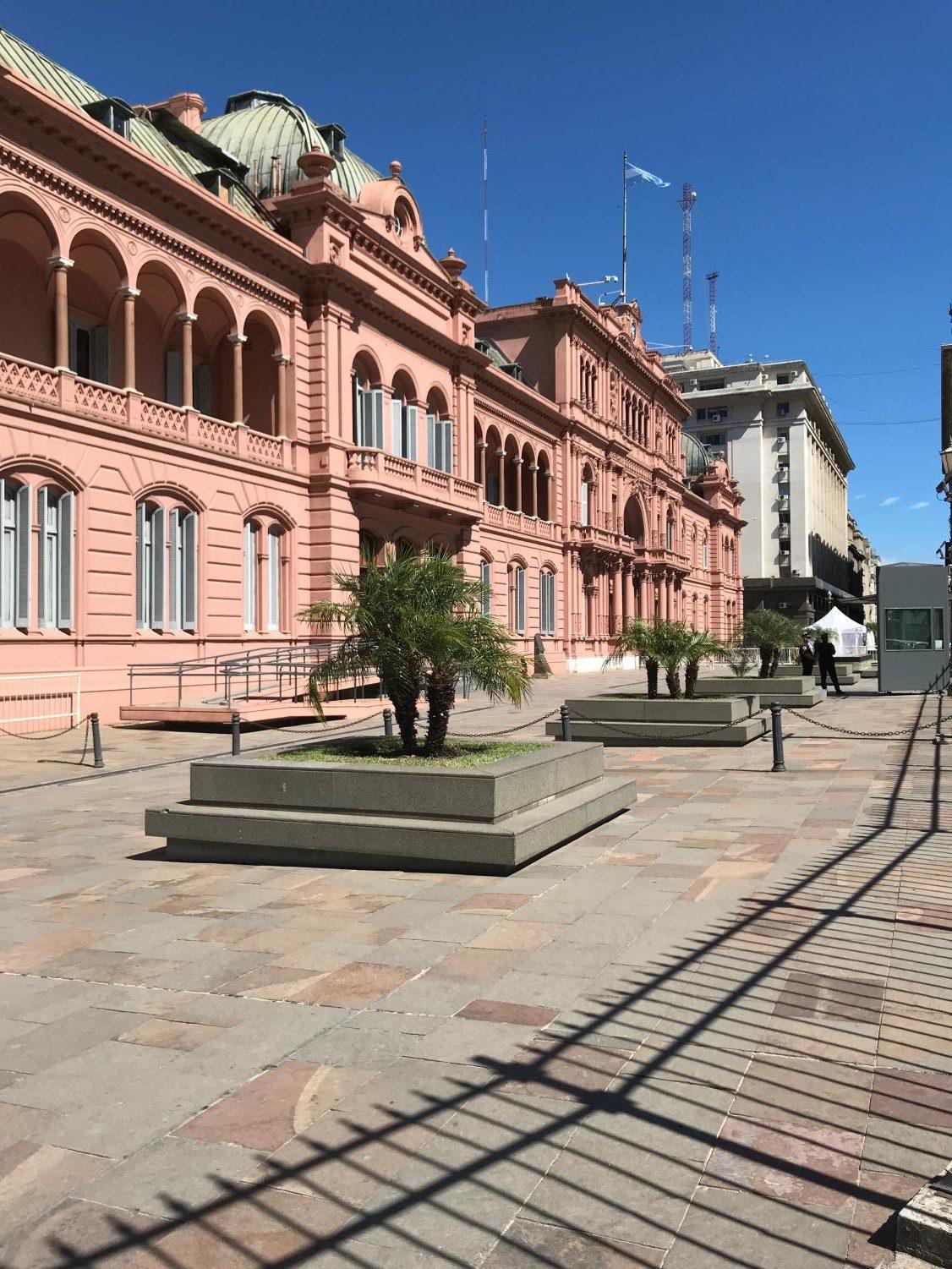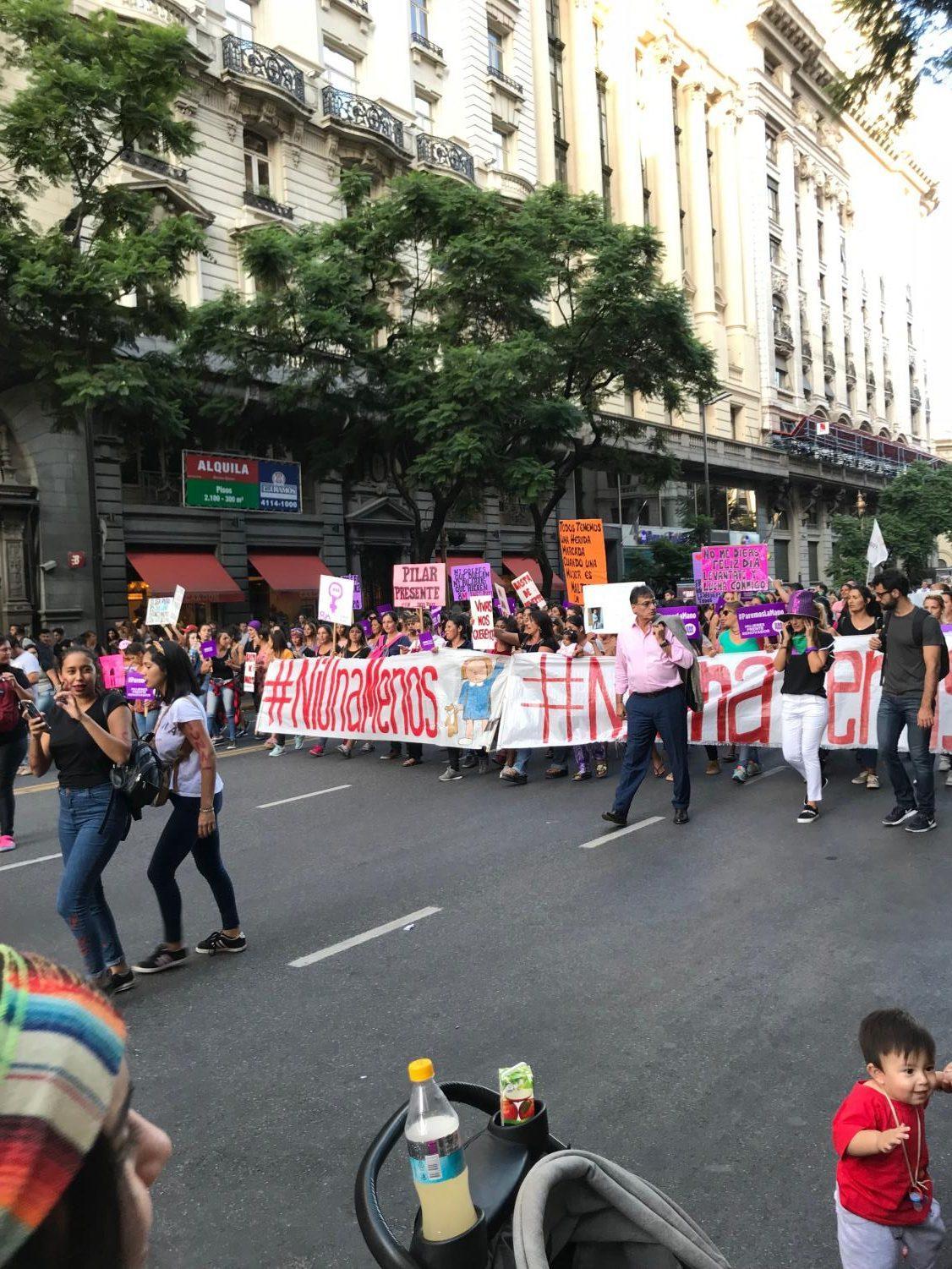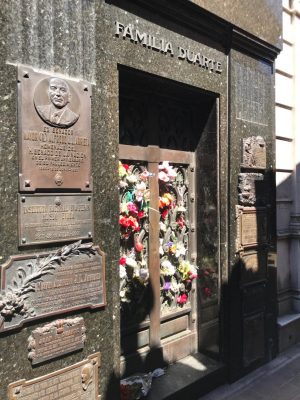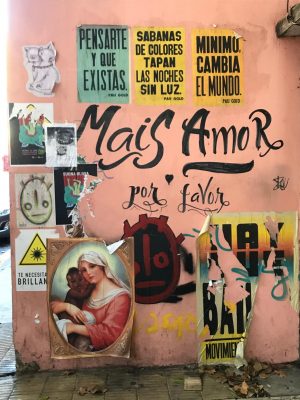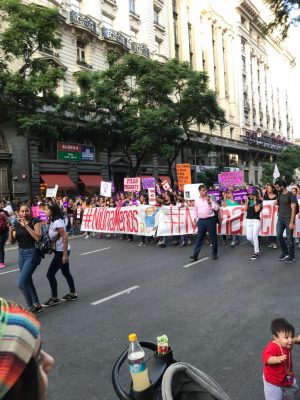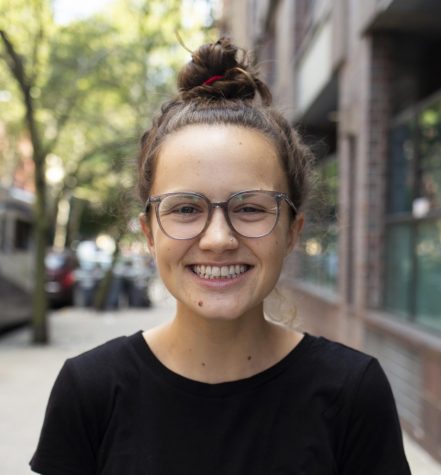Day in the Life: Buenos Aires
April 27, 2018
My mornings in Buenos Aires always begin with a hot cup of cafe con leche. Caffeine runs in the veins of this city. A meal isn’t complete without at least a dose of it, whether it be in the form of cafe or mate, a tea-like drink that is considered the most popular drink in all of Argentina. It is almost impossible to attend any social event without being offered a sip from someone’s mate cup, a typical custom amongst ever-friendly locals. On the 10-minute walk between my homestay and the NYUBA campus, I can usually count at least two or three pedestrians with a mate thermos in hand, ready for anything that the day will throw at them.
I am one of the lucky ones who do not have to use public transportation to get to campus, but fortunately, students who live the farthest away typically only have to suffer through a maximum 20-minute commute. The public transportation system of Buenos Aires is efficient and relatively clean. Most bus rides and SUBTE (their equivalent of the subway) trips cost about eight pesos each way, which is equivalent to almost half of an American dollar. However, due to ever-rising inflation as a result of a recent change in the national government, this rate is estimated to go up a whopping 35 percent this year. At least the price of commuting still won’t be as terrible as that of the MTA.
All homestays are located in either Palermo or Recoleta, the hip and most popular neighborhoods of Buenos Aires. Whereas Recoleta is filled with more tourist-driven attractions, such as the infamous Recoleta Cemetery — where several Argentine icons such as Eva Perón are buried — Palermo is the hot place for artistry and nightlife. Most students spend their weekends exploring everything Palermo has to offer, with dozens of bars, restaurants, bookstores and street artists filling the lively neighborhood with an energy that rivals that of SoHo.
Buenos Aires is often referred to as the Paris of the South — and with good reason. Unlike the rest of Latin America, the streets of Buenos Aires are aligned with gorgeous European-inspired architecture and in Palermo, cobblestone sidewalks. Balconies along beautiful French styled buildings complete the true aesthetic appeal of the city. Famous tourist spots such as La Casa Rosada display Renaissance-inspired murals amongst seemingly endless ceilings. This artistic influence comes from the predominantly white, European descent of Argentina’s locals. This came as a bit of a culture shock to me; having previously visited family in other parts of Latin America, it was surprising to see the European influence stand out not only on the streets, but within the people as well. That being said, recent activist movements both in Argentina and neighboring countries have made a point in fighting for indigenous rights and more national recognition.
Activism is no stranger to Argentina, and is in fact deeply rooted in the country’s culture. The tragic history of Argentina’s final dictatorship, which lasted from 1976 to 1983, is still a fresh wound for most Argentines. Hundreds upon thousands of activists and students were kidnapped by a militant government and tortured in detention centers still located all around the city. They are now known as los desaparecidos (the disappeared), for most families of victims continue to be in the dark of what truly happened to their lost loved ones. Thousands of protesters come together every March 24 on the Day of Remembrance, holding up pictures of their lost relatives so as to memorialize them. Las madres of los desaparecidos is an infamous group that comes together every Thursday in La Plaza del Mayo to remind the government of the children that these women were robbed of. Traffic close to downtown, where the plaza and most government buildings are located, is a common consequence of frequent protests. The march held on International Women’s Day alone brought in thousands of women from all over the country to the steps of Palacio del Congreso.
Buenos Aires is a worthy addition to any aspiring traveler’s bucket list. With its rich history, multiculturalism and breathtaking art, it is a city that is both inviting but secluded, calming but never boring. While it is nowhere near as bustling and fast paced as New York City, it allows its residents to take a much needed breather while still offering the allure of exciting metropolis life. The only way to truly experience Argentina is to come see it for yourself.
Email Melanie Pineda at [email protected].

























































































































































